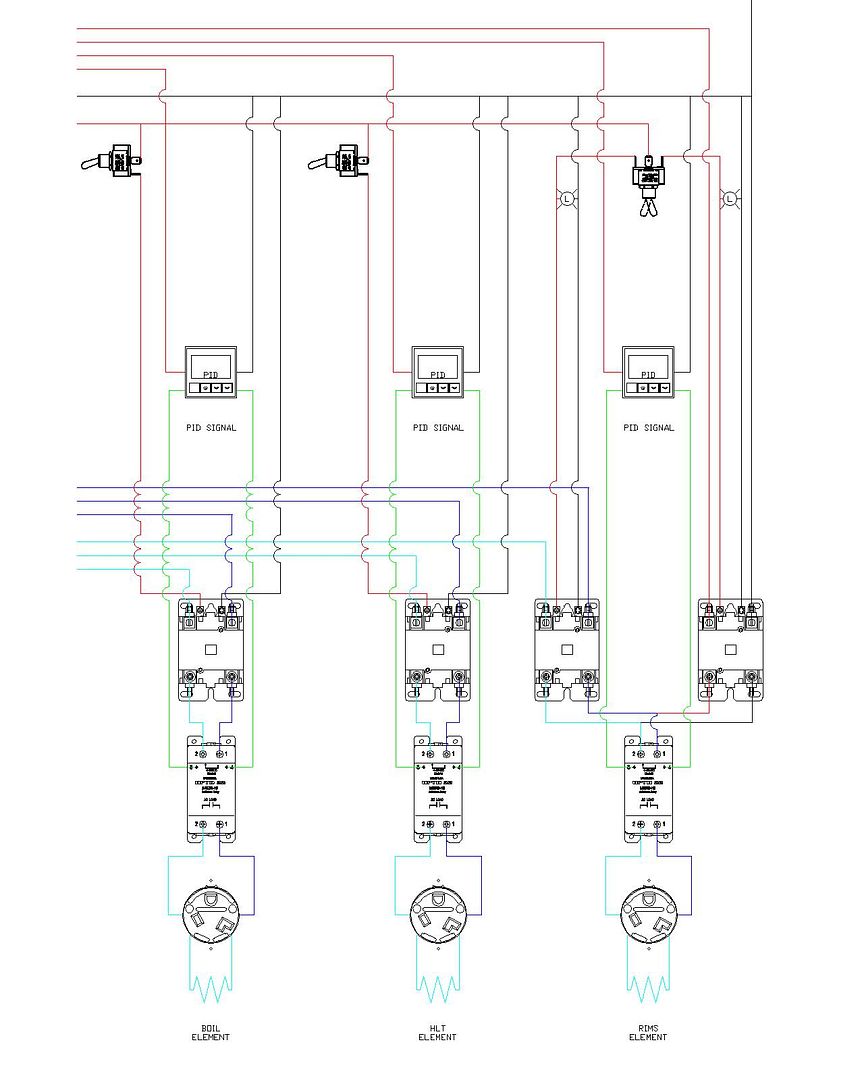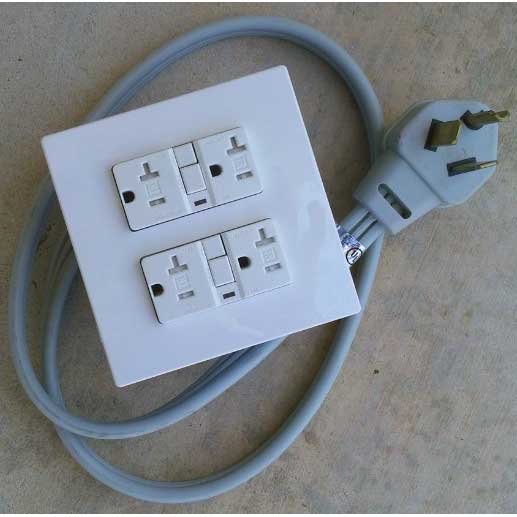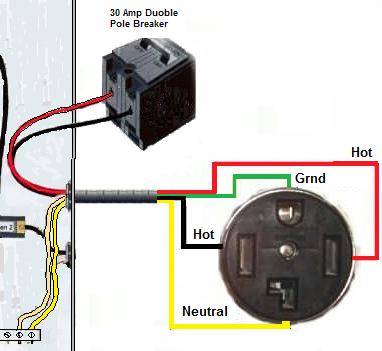Understanding 220 or 240 volt electrical circuits. Assortment of 220 breaker box wiring diagram.
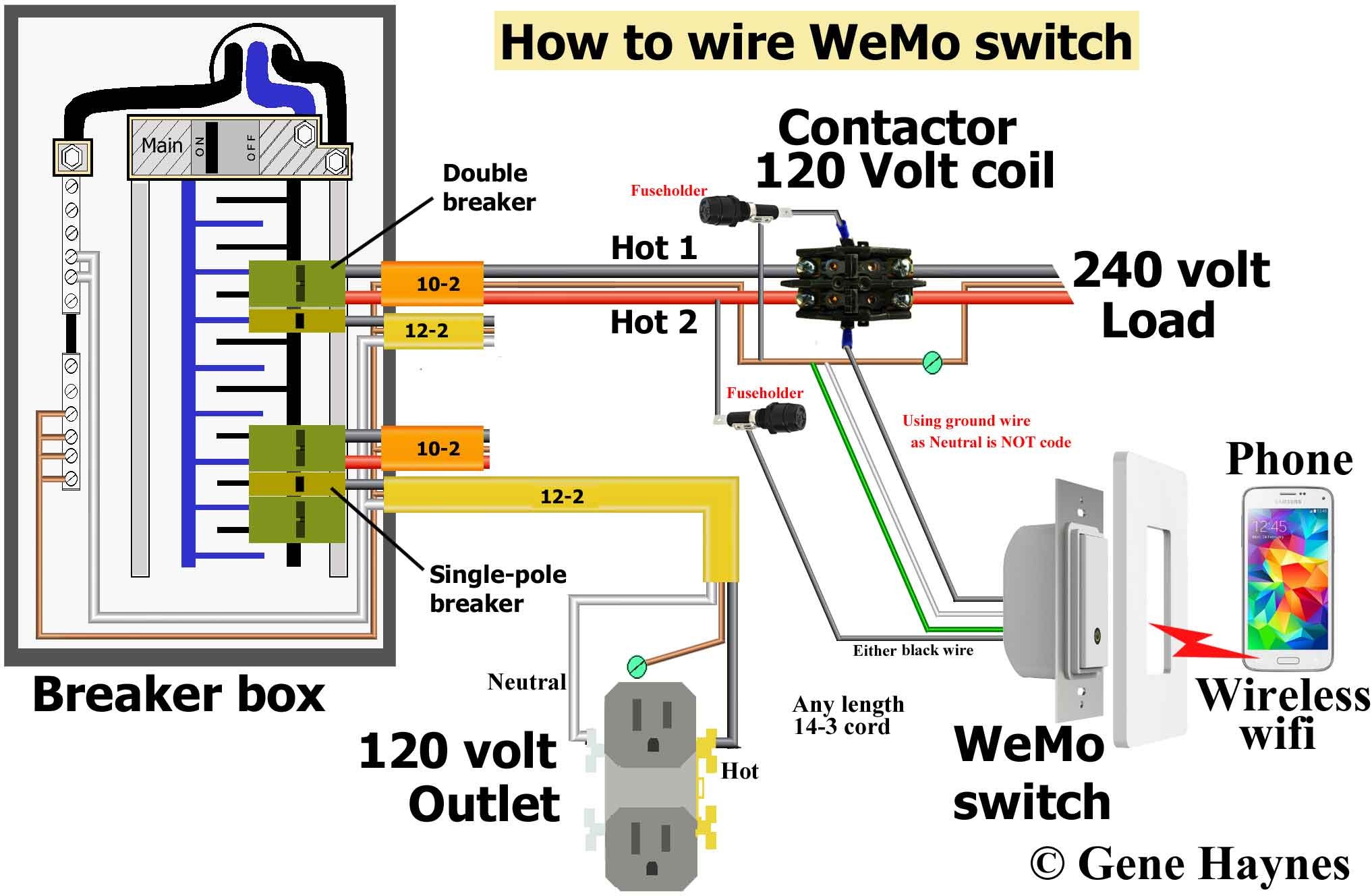
67149c 4 Wire 240 Wiring Diagrams Wiring Library
220 circuit breaker wiring diagram. This kind of circuit is used for dishwashers whirlpool spas and other locations where water contact is likely. A cable connector should be secured to the electric panel through a knockout plug opening. High demand circuits require 220 volt power. The 220 volt circuits as they were known prior to the 1960s are now commonly known as 240 volt circuits and 110 volt circuits are now 120 volt circuits. A 220 volt breaker differs from a 120 volt breaker in several ways. Wiring residential homes with 240 volts is a necessity for powering some heating and cooling equipment as well as some large appliances.
Wiring a new 220 outlet is a project that someone who has experience working with electricity can do safely by working carefully and following the proper precautions. With the front panel removed fig. This 20 amp 120 volt breaker is a form of gfci that can be installed at the circuit source. Connect one hot circuit wire to one of the breakers and the other hot wire to the other breaker then connect the neutral wire and ground wires to their respective bus bars. A wiring diagram is a streamlined conventional photographic depiction of an electric circuit. The breakers consist of a pair of interconnected breakers stacked together.
However working on your circuit breaker box and electrical system can lead to serious injury or death if you dont know what youre doing so hire an electrician if you don. The main circuit breaker feeding the panel figure 5 must be turned off so the power is cut off to the whole house. Wiring a gfci circuit breaker. This is because it is basically two 120 volt breakers bonded into one unit. The 220 volt breaker is twice as thick as a 120 volt breaker. To understand how a 240 volt also known as 220 volt household circuit works you should first know a little bit about how a regular 120 110 volt circuit worksif you are at all familiar with residential electrical wiring then you probably already know that in most cases appliances and fixtures connect to three wires.
A typical 240 volt 30 amp circuit includes a double pole circuit breaker which has two terminals for the two hot wires. A 240 volt 3 wire receptacle has three prongs two hot and one ground to accept a 3 prong plug. 6 a 220 volts properly rated breaker can be inserted into an available double slot and switched off. The wires usually are black or red but one may be white if it is labeled as hot with a black or red stripe near each end. Instead of having one wire attached to the breaker the 220 volt breaker has two wires attached to it. It shows the components of the circuit as simplified forms and also the power as well as signal links between the gadgets.
This diagram illustrates wiring for a circuit breaker with a built in ground fault circuit interrupter or gfci. The most obvious difference is the size. Running a wire from a new breaker in the breaker panel to a workshop area in the basement for a 240 volt circuit for my table saw and bandsaw.
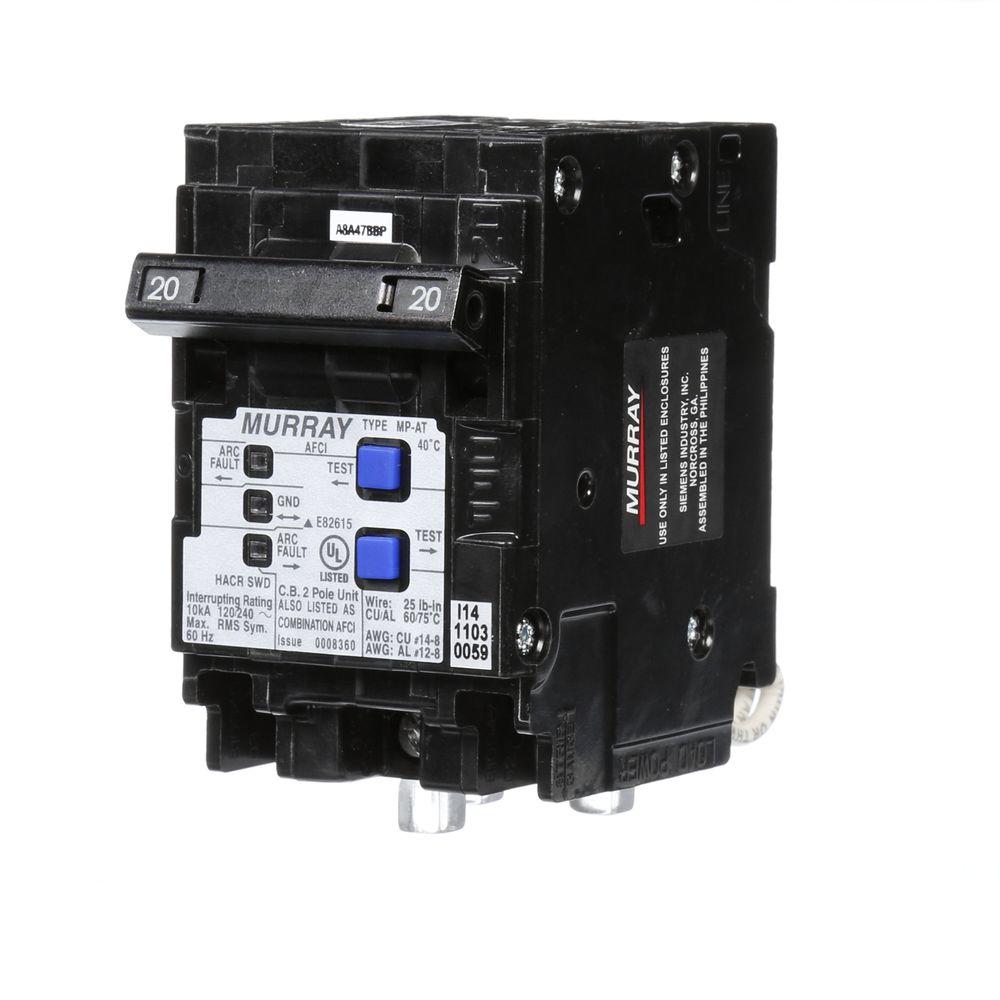
/Fuse-box-GettyImages-86465212-58b70a3a5f9b586046727169.jpg)





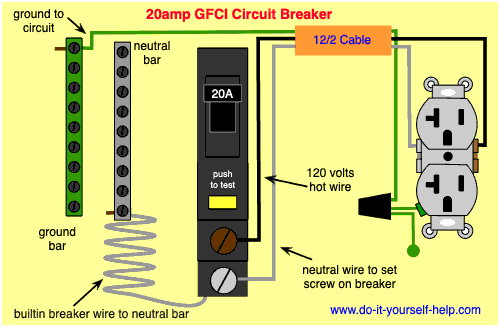
/electricity-circuit-breakers--fuse-box--528726571-5aefd54843a103003672c9b2.jpg)
